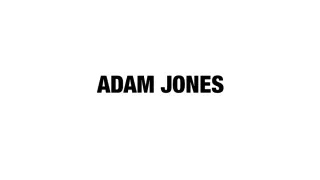Jan 28
Exploring Inclusive Entertainment Options in the LGBTQ+ Community
READ TIME: 3 MIN.
Entertainment has always been a way to bring people together, offering joy, connection, and a much-needed escape from daily life. For the LGBTQ+ community, finding inclusive spaces for entertainment – whether online or in person – has always been a priority. As digital platforms expand, they open new doors to diverse and inclusive experiences, ranging from streaming services, forums and chats to online gaming. These spaces exist not only entertain but also to foster a sense of community and belonging.
Online Gaming as a Growing Cultural Phenomenon
Among the most significant developments in entertainment over the last decade, is the growth of online gaming. Once dominated by niche audiences, this sector now attracts millions of players from all walks of life. Online gaming offers a number of great experiences, including cooperative adventures, immersive role-playing games, and casual slot games that combine fun with the excitement of potential rewards.
Slots, in particular, have become a go-to option for those seeking simple but engaging experiences. Sites like Paddy Power provide a wide variety of slot games with unique themes to suite all sorts of players. These games are ideal for players who enjoy quick, accessible entertainment, and the platform ensures a seamless experience, whether you're a seasoned gamer or a curious newcomer.
Why LGBTQ+ Representation in Entertainment Matters
Representation in entertainment is more than just a bonus – it's a necessity. The LGBTQ+ community has historically faced a lack of authentic representation in mainstream media and entertainment, which often leaves individuals searching for spaces where they feel seen and valued.
In recent years, online platforms have taken steps to ensure they are welcoming and inclusive to all. This of course includes online gaming spaces, which can offer a sense of community for LGBTQ+ players, just like anyone else. Slots, with their broad appeal and variety of themes, can be an inclusive entertainment option for those looking for quick fun or a stress-free way to unwind. Platforms like Paddy Power stand out for their ability to combine engaging gameplay with an inclusive environment that appeals to a diverse audience.
Digital Entertainment: A Space for Connection
For many in the LGBTQ+ community, digital entertainment serves as both an escape and a means of connection, in a whole new way. Whether enjoying a multiplayer game with friends, discovering new queer-inclusive content on streaming platforms, or diving into a slot for some innocent and easy-going fun, these activities create opportunities to bond, relax, and recharge.
As the entertainment industry continues to grow, inclusivity must remain a focus. Platforms offering diverse options that cater to all audiences help bridge the gap between entertainment and representation. Slots, in particular, highlight the potential for fun entertainment that resonates across communities and that is easily accessible.
In a world increasingly shaped by digital interaction, the need for inclusive and engaging entertainment options is greater than ever. For LGBTQ+ individuals, these spaces are not just about having fun – they're about finding representation, creating community, and feeling at home in a rapidly evolving cultural landscape.






